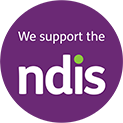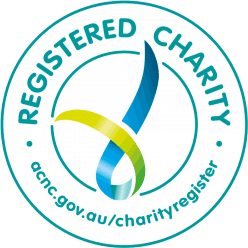Communication is more than just words; it is the foundation of connection, confidence, and independence. Speech therapy not only helps children communicate but also empowers parents and caregivers to support their child’s journey. Here, one of our speech therapists, Chelsea, shares two inspiring stories of children whose confidence has flourished through improved communication.
Finding his voice: from gestures to sentences
When Ethan first started speech therapy, his communication was limited to a few single words and gestures. He relied heavily on his mother to interpret his needs and wants. Frustration would set in when others couldn’t understand him, and interactions with peers and siblings were minimal.
Through play-based speech therapy sessions that involved using Ethan’s interests and within his routines, Ethan began learning how to form sentences to express his needs, make requests, and even protest when he didn’t like something. His confidence soared as he realised he could independently share his thoughts. At daycare, he started engaging with peers, inviting them to play and making comments about activities.
Equally important, his mother developed the skills to support his communication at home. With guidance from the speech therapist, they learned early language strategies to encourage Ethan’s speech, reinforcing his progress in everyday routines. Now, Ethan not only communicates clearly, but also thrives in social settings, builds friendships, and is enjoying his growing independence.
A new way to connect: using AAC (Augmentative and Alternative Communication) to communicate
Sophie’s journey with communication was different. She showed minimal interest in others and often pushed people away when they entered her space. Expressing her needs was a daily challenge, leaving her family struggling to understand when she was hungry or upset as she was minimally speaking.
With the introduction of a high-tech device, Sophie’s world began to change. Sophie began to explore all different sounds and became aware of people in her space. At first, she needed support to navigate the device, but over months of consistent therapy, she learned to independently request her favourite songs, food, and toys. As she became more confident, she started imitating words from the AAC device and is now even greeting peers and adults. She can express “stop” when peers are too close, which shows that she can advocate for herself.
Her family also grew alongside her, understanding the importance of multi-modal communication, learning how to model language on the AAC device, and responding to her communication efforts. Speech therapy didn’t just help Sophie; it empowered her caregivers to support her journey effectively. Today, Sophie is more engaged, expressive, and is able to connect with the people around her in meaningful ways.
Empowering families, changing lives
These stories highlight that speech therapy is not just about improving a child’s speech—it’s about giving them the tools to express themselves confidently, fostering independence, and strengthening family bonds. When a child can communicate, their world expands, allowing them to build relationships and participate in life more fully.
Through the dedication of speech therapists and the commitment of parents and caregivers, children like Ethan and Sophie are thriving. By supporting communication at home and in daily interactions, families play a crucial role in transforming their child’s future. Because when a child can communicate, they can connect—and with connection comes confidence.
We offer free communication screeners to detect specific communication difficulties. For more information and to book, click here.




